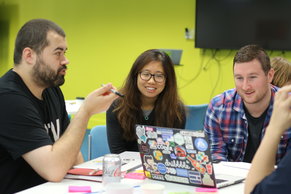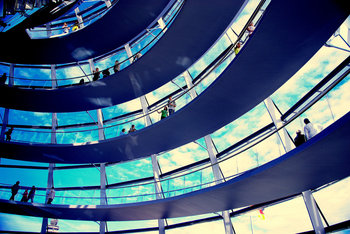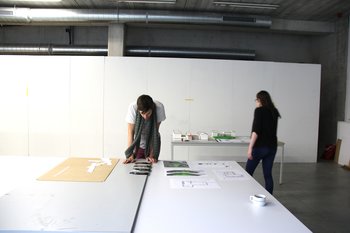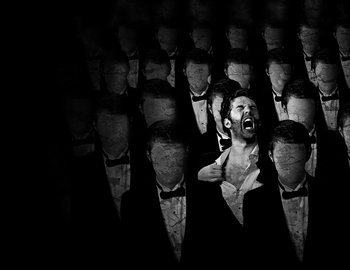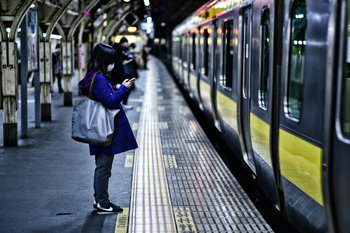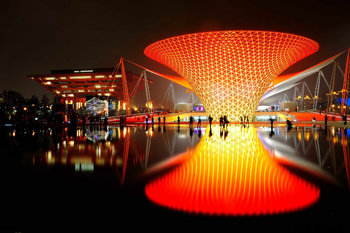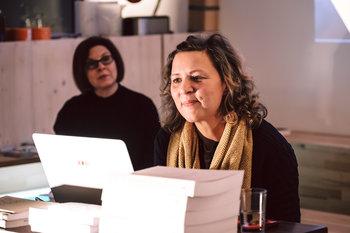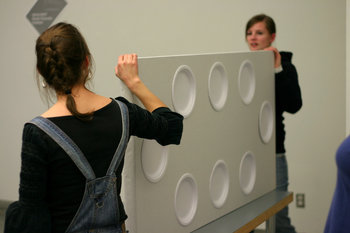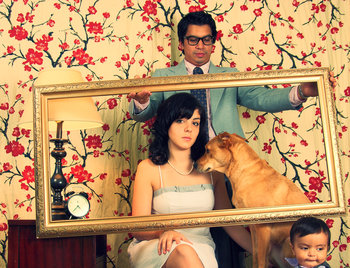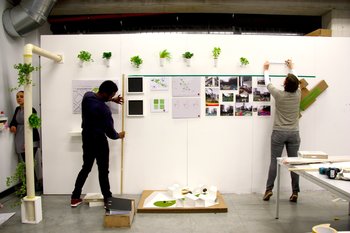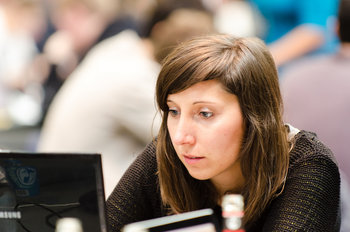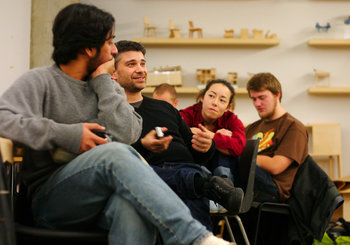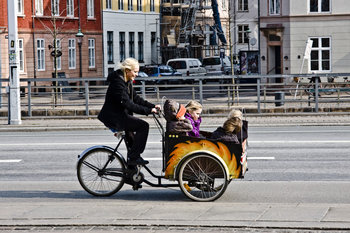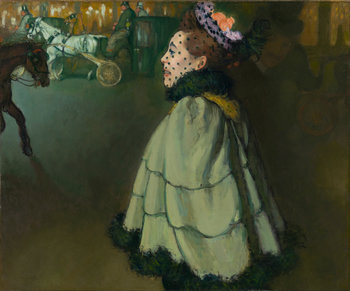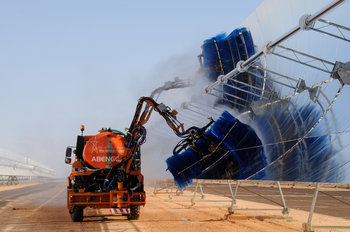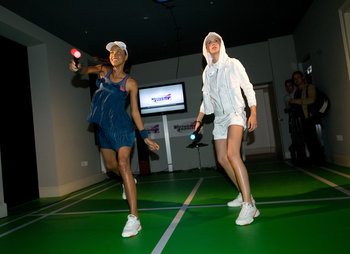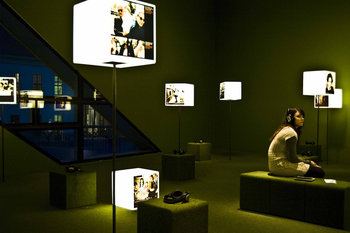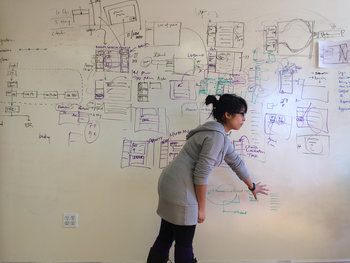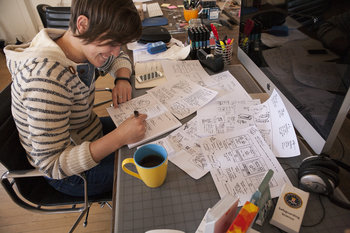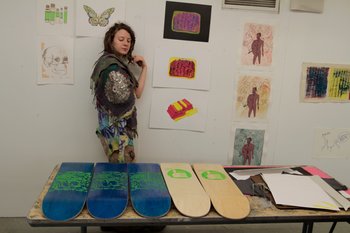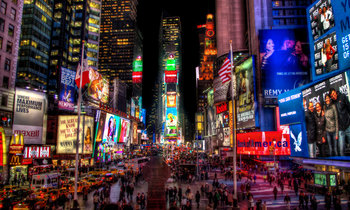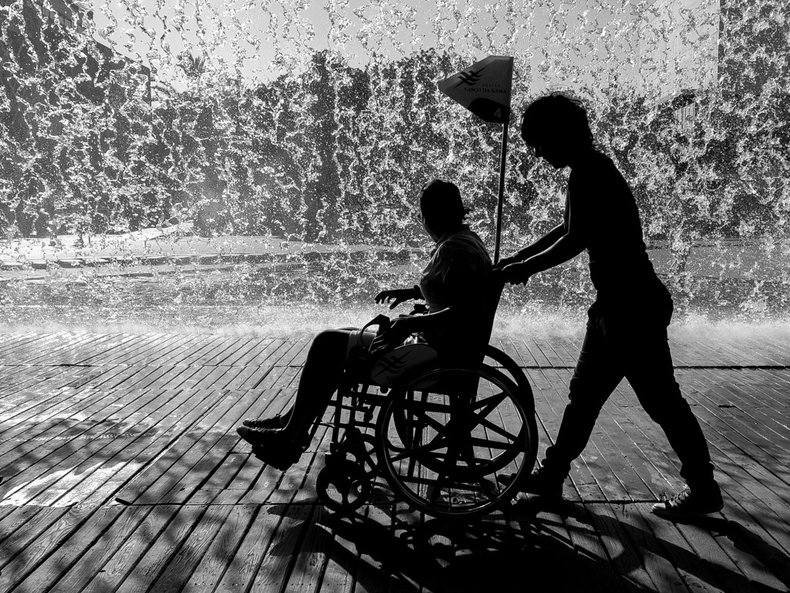
Accessibility
Designs that are accessible for people with disabilities. This involves dropping assumptions about abilities and designing things that can be used in many different ways. For example, a button that is flat and flush with a surface may require a finger to push it. If you make the button stick out such that it is 3-dimensional a person can activate it with a larger body part such as a knee.Togetherness
Inclusive design looks for solutions that fit everyone. For example, instead of a building entrance with narrow stairs and a narrow wheelchair ramp, the entire entrance may be a slope that is attractive, barrier-free and minimalistic.Language
Designs that are inclusive for travelers who may not speak the local language and people with visual impairments. Information may be presented in visual, textual, audio and tactile form. For example, a large-text warning sign with an visual illustration and tactile pavement that can convey information such as "danger ahead" to someone with a cane.Fluid Interfaces
Designs that allow things to be pushed out of the way and reconfigured on the fly. For example, shelving that moves up and down to be accessed from any height.Automation
Removing physical tasks by automating them. For example, an automated door.Controls
Easy to use controls that are unambiguous and error-tolerant.Customization
Allowing designs to be customized in every imaginable way by users. Some users will prefer a simple user interface with basic options, others will want powerful and precise controls.Safety
Safety features that consider people with disabilities, older people, children and different uses of space such as bicyclists on a road.| Overview: Inclusive Design | ||
Type | ||
Definition | The design of environments, products and services to be usable for as many people as possible. | |
Also Known As | Universal DesignDesign for All | |
Related Concepts | ||

